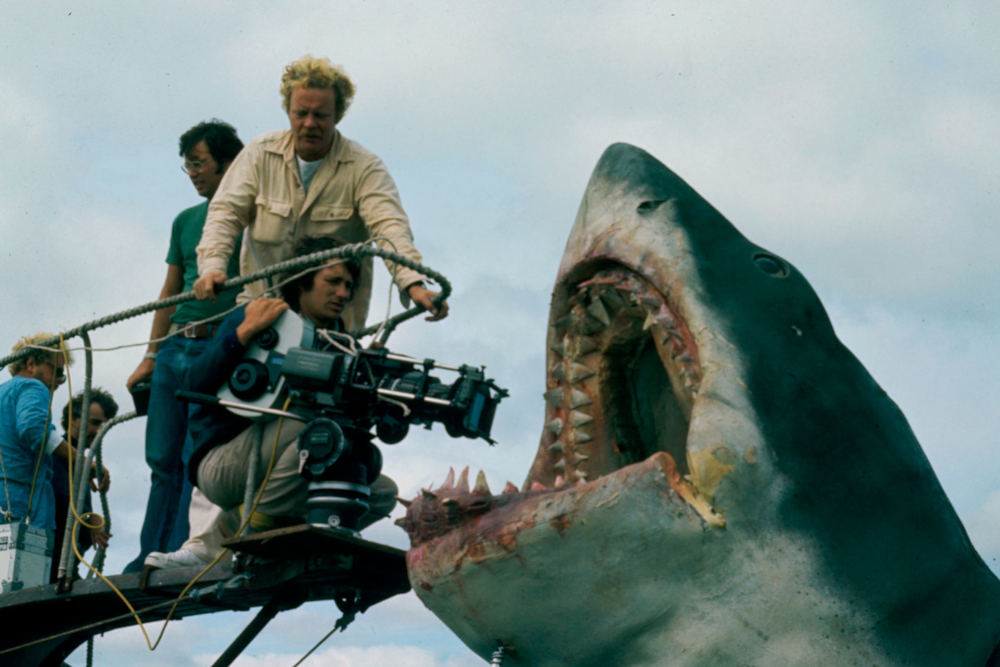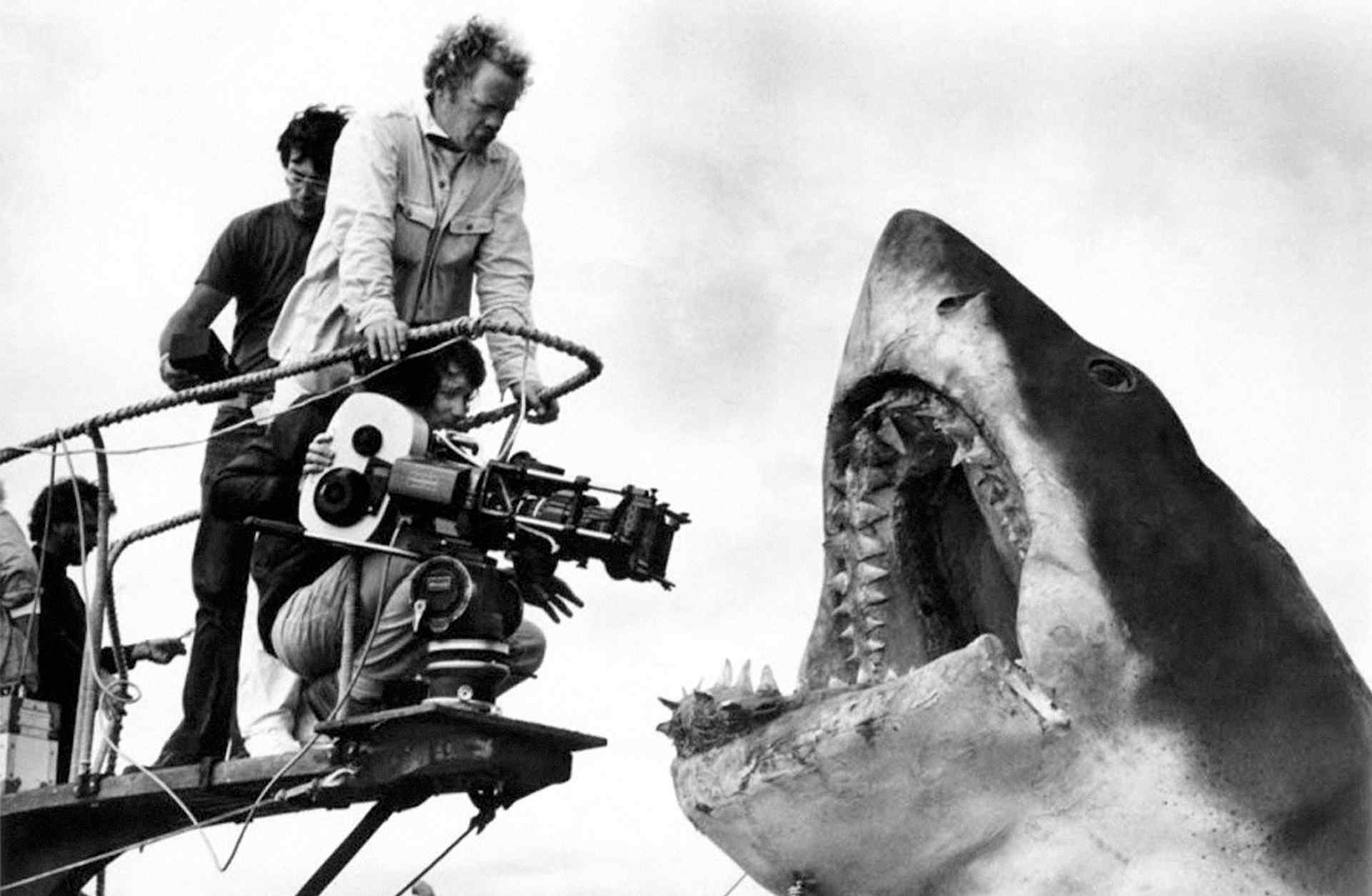How Steven Spielberg’s ‘Jaws’ Endured a Hellish Production to Become Hollywood’s First Summer Blockbuster

The making of “Jaws,” directed by Steven Spielberg, was a tumultuous journey filled with obstacles that could have derailed even the most seasoned filmmakers. Adapted from Peter Benchley’s bestselling novel about a ferocious man-eating shark, the film encountered numerous production woes, primarily due to the mechanical failures of the animatronic shark, famously known as “Bruce.” These challenges led to significant delays, extending the filming schedule by more than 100 days and driving the initial budget of $4 million up to around $8 million.

At just 27 years old, Spielberg faced the daunting task of ensuring that “Jaws” lived up to the high expectations set by its ambitious premise. The production took place off the coast of Martha’s Vineyard, which Spielberg believed would enhance the film’s authenticity. However, this decision quickly turned into a nightmare. The cast and crew had to navigate unpredictable weather, congested waters, seasickness, and rising tensions among the actors. Notably, the relationship between Robert Shaw, who played Quint, and Richard Dreyfuss, the actor behind Hooper, reportedly became strained, adding to the production’s chaos.
The Rollercoaster of Production Challenges

Despite the initial skepticism from Universal studio executives, who considered “Jaws” a potential disaster, the film eventually defied all odds. The relentless issues surrounding the mechanical shark forced Spielberg to rely on innovative camera techniques and suspenseful storytelling to instill terror without showcasing the creature excessively. This decision not only heightened the film’s tension but also allowed Spielberg to focus on the human elements of the story. The lead characters, chief of police Martin Brody (played by Roy Scheider), oceanographer Matt Hooper (Dreyfuss), and the charismatic yet brash Quint (Shaw), struggled with their own fears and doubts, complicating their fight against the great white shark.
When “Jaws” hit theaters in June 1975, it shocked the industry by grossing $260.7 million domestically, ultimately becoming the highest-grossing film of its time. Its release strategy marked a turning point in Hollywood, as Universal capitalized on the film’s hype, leveraging an extensive marketing campaign that made it a nationwide event rather than just another film release. The film’s success set a precedent for the summer blockbuster model, which has influenced countless films to follow.
The Revolutionary Impact of ‘Jaws’

“Jaws” not only elevated Spielberg’s career into the stratosphere, but it also transformed the landscape of Hollywood filmmaking. This film represented a shift in the industry, bridging the more nuanced themes of the early 1970s with the enticing thrills of burgeoning blockbuster cinema. With the interplay between social commentary—addressing fears related to institutional failure and the struggle of ordinary citizens—and constant suspense, “Jaws” cemented itself as a significant cinematic achievement.
Musical scores played a crucial role in amplifying the tension, with John Williams’ iconic and chilling theme music becoming synonymous with cinematic fear. Coupled with Verna Fields’ groundbreaking editing techniques, “Jaws” crafted an atmosphere of suspense that kept audiences on the edge of their seats. The careful balance of human emotion and thrilling spectacle helped produce a film that resonated deeply with viewers and influenced future generations of filmmakers.
The Lasting Legacy of ‘Jaws’
As the years have passed, “Jaws” continues to stand tall as a monumental film in the history of cinema. It paved the way for the subsequent evolution of the summer blockbuster, inspiring countless filmmakers who sought to replicate its success. The lessons learned from its production complexities remain a topic of study, showcasing Spielberg’s ability to turn a potential disaster into an unforgettable cinematic experience. Today, filmmakers reference “Jaws” not only for its thrilling narrative but also for its innovative approach to storytelling and marketing in the film industry.
In conclusion, “Jaws” serves as a testament to the power of perseverance, creativity, and determination. It illustrates how a film can rise above a nightmarish production process to achieve unprecedented success and reshape the landscape of Hollywood. If you’re eager to explore the impact of “Jaws” further or wish to dive into the depths of cinematic history, consider watching the film or researching its production nuances to appreciate its enduring legacy fully.


